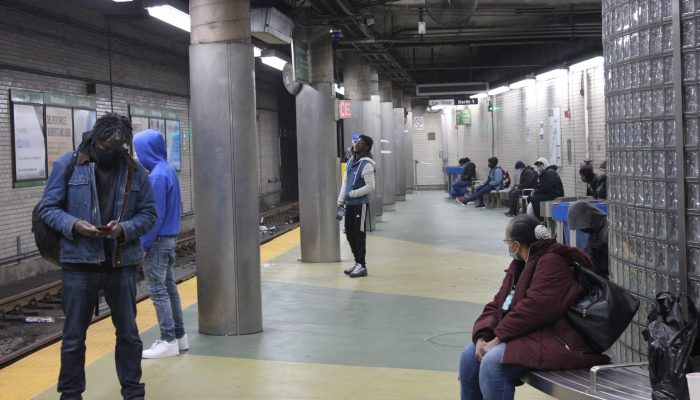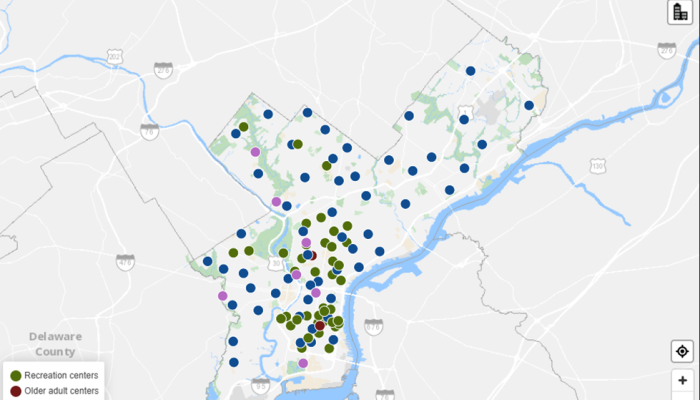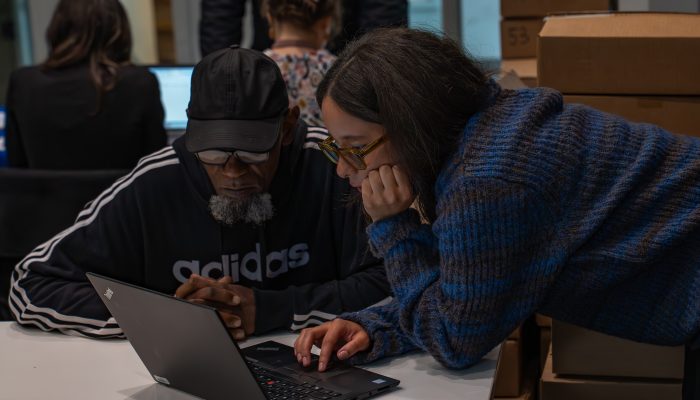Blog post by Joanna Hecht, SmartCityPHL Pitch and Pilot Fellow
The SEPTA for All Challenge is a collaboration between SEPTA and the City of Philadelphia focused on increasing public transit accessibility through augmented reality. But what counts as public transit? Who is the target audience for proposed solutions? And, what is augmented reality?
This blog post will explain how we’re thinking about these terms as we evaluate submissions to the SEPTA for All Challenge.
Public Transit
This challenge is focused on the network of vehicles and stations capable of transporting large numbers of people in Philadelphia. The SEPTA system consists of fixed-route options with established stations including buses, trolleys, subways, elevated trains, and regional rail. SEPTA also provides “CCT Connect” paratransit service to seniors and people with disabilities. CCT Connect is door-to-door service that can be scheduled by eligible customers one to three days in advance of a trip.
Many solutions that will help to make the SEPTA system more accessible will undoubtedly be applicable to other systems and cities. Participants are encouraged to submit ideas that can be piloted with SEPTA.
Getting from one place to another requires several interconnected steps. We welcome ideas that target any stage of the transit journey, including:
- Pre-trip planning and system information
- Traveling between origin and the station or vehicle
- Station arrival
- Payment
- Station navigation and boarding
- On-route orientation and information
- Transfers
- Existing the system and heading to the destination
Accessibility
The SEPTA for All Challenge seeks to make the SEPTA system more accessible for people with disabilities. When we think about accessibility in the context of this challenge, we’re thinking beyond the physical requirements that facilitate use. The Americans with Disabilities Act (ADA) requires certain standards be met so that people with disabilities can enjoy their right to accessing public transit. For example, SEPTA has some publicly available information about the steps it has taken to test and equip vehicles for accessibility. We’re looking for augmented reality solutions that increase riders’ comfort and confidence and make the system feel truly welcoming.
The “disability” umbrella is a broad one. According to the CDC, approximately one-fourth of Pennsylvania adults has at least one type of functional disability. Disabilities can impact mobility, cognition, ability to live independently, hearing, vision, or ability to care for oneself. When it comes to using public transit, people with different disabilities have some needs that overlap and others that are distinct. Challenge participants are encouraged to choose a specific target audience and design a solution that caters to their needs.
Challenge organizers are issuing a survey for people with disabilities to share their experiences with public transit. Results of that survey will be shared at the challenge kickoff event. Participants can also draw from their own experiences, accounts of family and friends, and resources shared by people with disabilities on the topic.
Augmented Reality
Augmented reality applications are designed to interact with the real world and provide additional information based on context. That information can be provided in different ways, including images or sounds.
One well-known example of an augmented reality application is the Pokemon Go app. Users can see Pokemon creatures on their smartphone screens superimposed on images of the real world around them. They can interact with the image on the screen to play the game and capture the Pokemon.
Augmented reality can have applications beyond games. We encourage participants in the challenge to think creatively about presenting information that could improve the transit experience for people with disabilities. The augmented reality applications do not have to be available on smartphones. We’ll be looking for applications that thoughtfully consider the hardware that will be required to operate and the implications for access, equity, and cost effectiveness.




